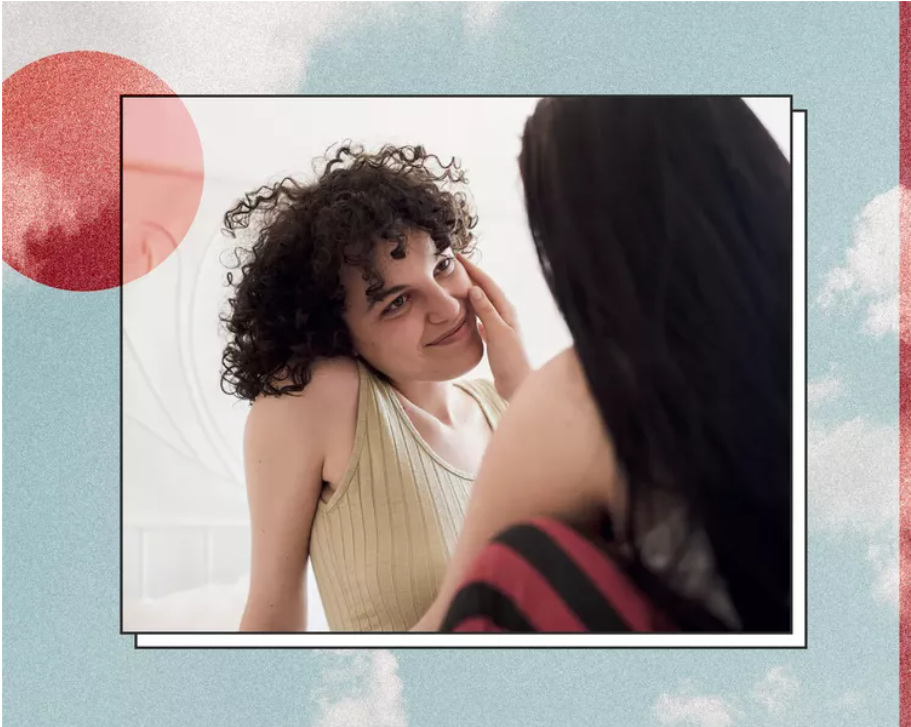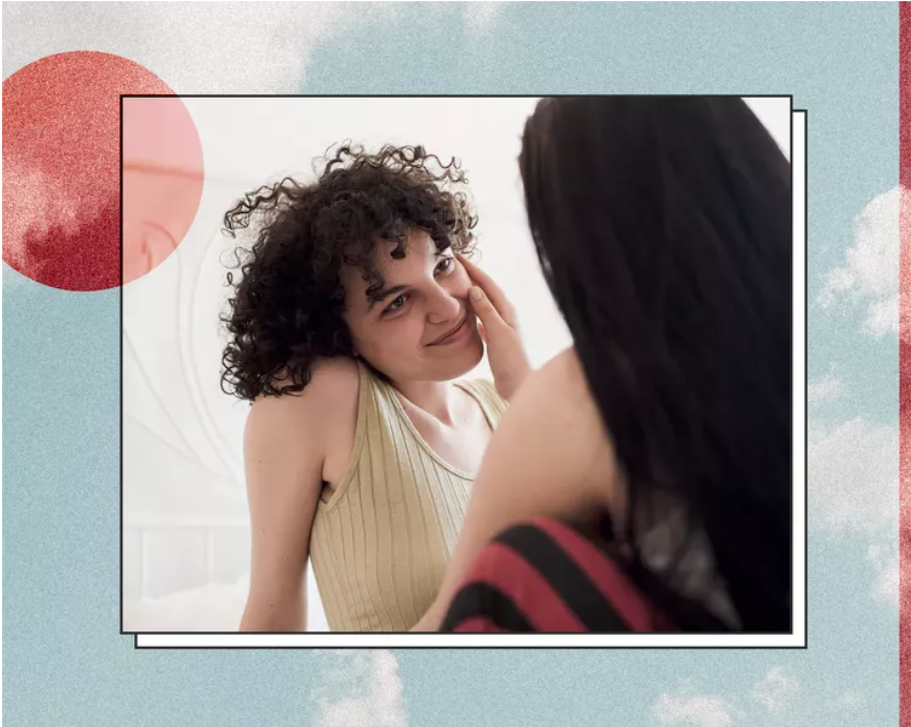Like most good story ideas, this one began with something very personal. My partner is an ER doctor, and once a month he disappears into a stretch of four grueling 16-hour shifts. The days leading up to it are spent preparing, and the days after are devoted to recovery. By the time the marathon is over, a full week has passed—and so has any real sense of connection between us.
In the beginning, when we had just started dating, that rhythm felt manageable. Space was easy, even welcome. But as our relationship deepened, that week apart—no texts, no conversations, barely a kiss goodnight—began to feel like too much. We weren’t just missing each other; we were drifting.
And here’s the thing: you don’t need to be dating a first responder to know that feeling. You can be in the same apartment 24/7, working at desks a few feet apart, and still feel miles away from your partner.

The Subtle Drift
When you spend too much time apart—or too much time together—the result is often the same: loss of polarity, intentionality, and intimacy. You start living parallel lives, not shared ones.
That’s when I stumbled on the idea of the couple’s check-in. It wasn’t my invention—I owe the discovery to wellness entrepreneur Sophie Jaffe and her husband, Adi. The two host the IGNTD Podcast and are long-time expanders for me when it comes to love, intimacy, and resilience. Their philosophy? Connection doesn’t just “happen.” It has to be created.
What’s a Couple’s Check-In?
A check-in is not a casual “How was your day, babe?” tossed over your shoulder while scrolling through emails. Jaffe defines it as a way for partners to truly “drop in” with each other—a pocket of time that cuts through the noise and gets you back to the heart of your relationship.
Life has a way of hijacking intimacy. Kids, work, exhaustion, or—in my case—hospital shifts can turn connection into an afterthought. The check-in pulls it front and center again.
How to Try It
Think of it as a mini-ritual, just five to ten minutes long:
- Create a bubble. Put the phones down. Switch off the news. Sit across from each other or, if distance makes that impossible, use an app like Marco Polo to send video check-ins.
- Answer five prompts. Jaffe suggests these as a starting point:
- The highlight of my day
- The challenge of my day
- Something I appreciate that you did
- Something I’m working on
- Where I could use your support
- Take turns. One person shares, the other just listens—no comments, no fixing. Then you swap roles.
That’s it. The beauty is in the simplicity. Sometimes the check-in sparks long conversations; other times, it ends with cuddling, laughter, or, yes, even sex.
Why It Works
I’ve never walked away from a check-in upset. Vulnerable? Yes. Emotional? Absolutely. But never worse off. The format creates safety: it’s not a space for avoidance or for starting fights. It’s about honesty, asking for help, and naming your needs out loud—even when it feels uncomfortable.
For us, check-ins often happen during his shift weeks. He’ll record his responses on Marco Polo after a long night at the hospital, and I’ll watch them the next morning. It’s not perfect, but it’s powerful. Seeing his tired smile or hearing his laugh is infinitely better than a quick text. It reminds me that even if we’re not in sync physically, we’re still showing up for each other emotionally.
My Takeaway
If you’re lucky enough to share the same physical space, do this face-to-face. Look into each other’s eyes. If you’re navigating distance—whether because of work, kids, or just life—get creative. The medium matters less than the intention.
These days, I don’t dread his marathon shifts the way I used to. The check-ins bridge the gap. They remind me that connection isn’t about how many hours you log side by side—it’s about how deeply you’re willing to see each other.
So go ahead, lovebirds. Try it. And if you discover your own check-in magic, let me (and Sophie Jaffe) know.

Leave a Reply